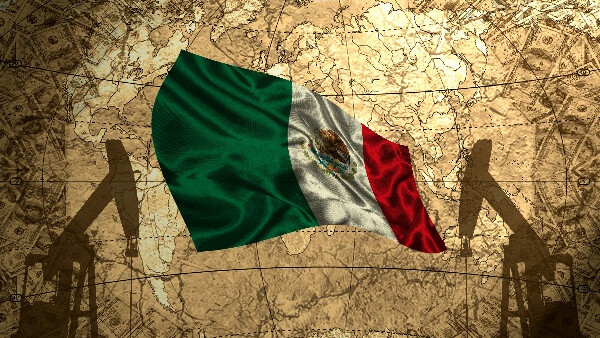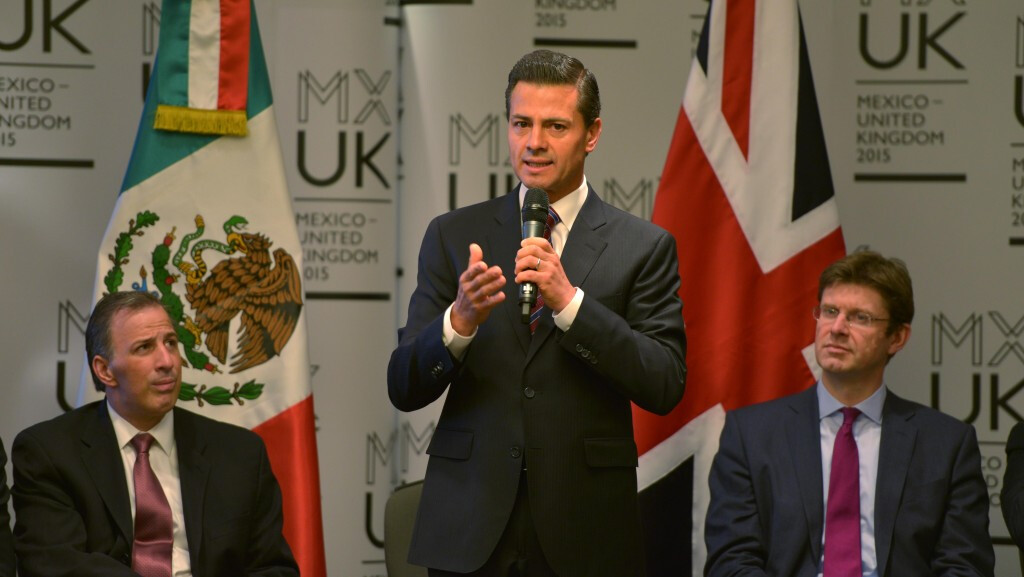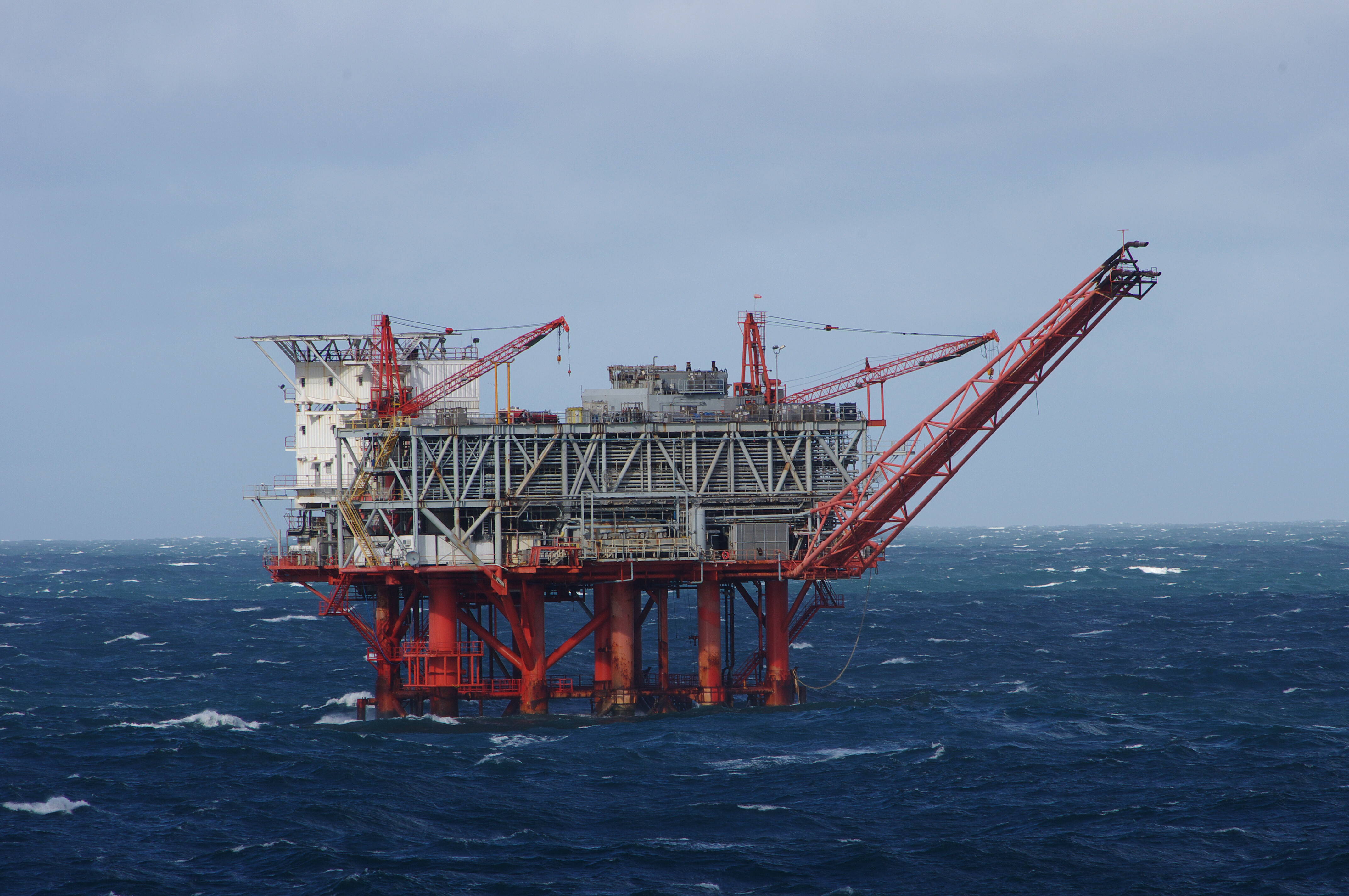Mexican Energy Reform Heats Up
Mexico's energy reform has gone from political plan to investment reality in record time. LatAm INVESTOR looks at the local firms making a bid to get involved in this historic opportunity...

This week the Mexicans are in town. President Enrique Peña Nieto is coming to London to promote Mexico to British investors. For Pena Nieto and his team the mission is clear. They want to persuade investors to look beyond the headlines of drug violence and corruption and focus on Mexico’s economic potential. In particular they want to drum up interest in Mexico’s landmark energy reform.

Of course investors can’t afford to be fooled by politicians’ speeches. A far more reliable measure, especially in emerging markets, is to follow the local money. And on that scale Mexico looks promising. Over the last few months we’re starting to see more and more Mexican investors make moves in the Mexican energy sector. And that shows that the reform is moving from being a political plan to a business reality.
What’s on offer?
The most striking thing about Mexico’s reform is just how wide ranging it is, covering everything from power plants to petrol stations. On the power side, private electricity generation, which had been restricted so that generators could only produce themselves or for the state, is being opened up to allow companies to sell electricity directly to end users.
As for oil and gas, Mexico’s state-owned oil firm, Pemex, is losing its monopoly. This means private-sector companies can now be involved in all parts of the energy business. And because Mexico is an energy behemoth the scale of the opportunity is huge.
Pemex believes that there could be up to 50 billion barrels of oil equivalent (BOE) in Mexico’s part of the Gulf of Mexico. Mexico also has great shale oil and gas reserves. According to the US Energy Administration Agency, the country has the world’s fourth-biggest shale oil reserves. The Mexicans themselves are a bit more conservative, but even they put the figure of their shale oil and gas reserves at around 60 billion BOE.
Of course oil on its own is not enough. You also need to create the right environment for investors to spend billions of dollars on exploration and production. One of example of how not to do it is Brazil. When huge oil and gas discoveries were made the government created new, much tougher rules for private oil companies. As a result the first auction held under the new rules attracted just one bidder.
Fortunately the Mexicans have taken a different approach and created a more market-friendly regime. And now we’re starting to see signs that it’s paying off.
Local dealmakers
Last month one of Mexico’s richest men announced his entry to the country’s energy sector. Alberto Bailleres, the owner of Grupo Bal, which includes London-listed silver miner Fresnillo, is backing a creating a new oil and gas firm called Petrobal. And although Grupo Bal doesn’t have any energy experience it has snapped up Pemex’s former head of exploration and production, Carlos Morales.

Another local firm to make a move is Mexican cement producer Cemex. It has created Cemex Energia to focus on renewable electricity generation. The plan is for a joint venture with US firm Pattern Energy that has the ambitious target of developing 1,000MW of renewable energy over the next five years. If they pull it off it would mean Cemex Energia would supply around 5% of the country’s power supply.
It’s a common theme, with Mexican conglomerate Alfa announcing plans to raise $1billion to finance deals in the local energy sector. And its little surprise the Mexico’s richest man, Carlos Slim, is also said to be encouraging his Tabasco Oil to take advantage of the reform.
But what about the oil price?
The big elephant in the room is, of course, the plunging oil price. It might seem odd to be talking about energy investments while the price is falling but the current level of $60 a barrel won’t derail the reform. That’s because Mexico has a range of different options to offer investors. Shallow water production, for example, is profitable at $60. Deepwater is also still profitable but less so. New shale projects would probably be the most impacted as they have the highest costs. In effect what looks likely to happen is that the Mexican government will receive less money from the bidders than it had hoped for, but the process will still continue.
The plan is for the first auction to take place this July and it will offer a mix of shallow exploration and production prospects. So far 26 firms have already paid for the seismic data for the exploration blocs. Thereafter there will be an auction every year for the next ten years as Mexico slowly parcels out its huge energy assets.
Over the years we’ve tracked this story from when it was just a hope to it becoming a real investment theme. But this is just the start of something that’s going to run and run. It will change the face of Mexico and make some investors very rich in the process. We’re going to have to be patient as investment options emerge.